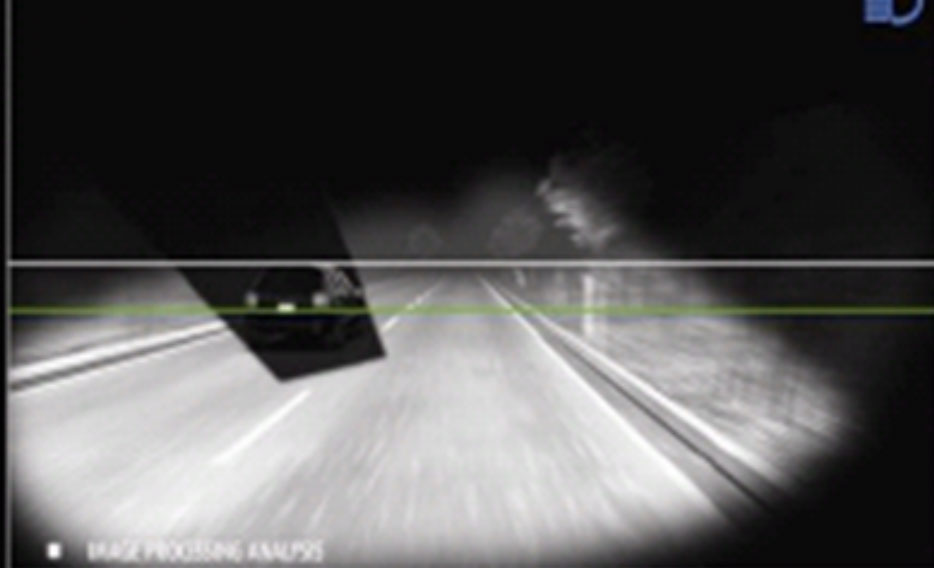Around the world, there are two major systems for regulating vehicle lights and lightlike devices (such as retro-reflectors). The UN (formerly “ECE” or “European”) Regulations are recognised as mandatory or acceptable throughout most of the vehicle-driving world, but the US and Canada are a regulatory island of their own, with significantly different technical and legal requirements and without recognition of the UN regs. But the regulatory topography is quite a bit more complex than that. Some markets recognise only old versions of the UN Regulations. Some markets allow both UN and US lighting equipment. Some markets follow the technical requirements but not the legal structures of the UN system. Until recently, Japan was its own regulatory island, too. China and India are thinking about signing onto the UN system, but haven’t made a decision yet. Various ASEAN countries do things how they like.
Differences in the various systems are not limited to only the raw technical rules of how much and what colour of light must be distributed in what kind of pattern from a given kind of device, along with various requirements for durability, environmental sealing, adjustability, and so on. There are also compliance mechanisms to consider; the US and Australia are among countries that use a self-certification system, while the UN system is predicated on reciprocally-recognised type approvals.
Although the regulatory-island effect can be leveraged to allow automakers to control what vehicles do and don’t enter a market, and at what price, the automakers at least nominally strive to minimise the proliferation of different parts which drive up design, engineering, tooling, build, and parts-management costs. This is where harmonisation comes in, the effort to create and describe overlapping windows among the world’s different regulations so one device can meet multiple requirements simultaneously. Past efforts toward official harmonisation have failed to gain traction, but recently-published technical documents with that goal in mind are a positive sign of movement in that direction.
The effects and implications of these technical and legal factors are crucial up and down the line, from how devices are designed and manufactured to how the regulations are updated and revised to how those involved with vehicle lighting talk about it and strive to improve it. Over time, for example, the UN Regulations have grown burdensome in their number and amendment frequency. A monumental shift in how the UN lighting regulations are structured and maintained has just got under way with a recent GRE decision to start forward on a two-stage simplification of the UN lighting and signalling regulations. Duplicative content is to be consolidated, and eventually the regulations are to be recast in performance-based terms aimed at minimising regulatory barriers to technical and technological innovation—and reducing the need for constant amendments in response to the increasingly fast-paced advance of technology.
